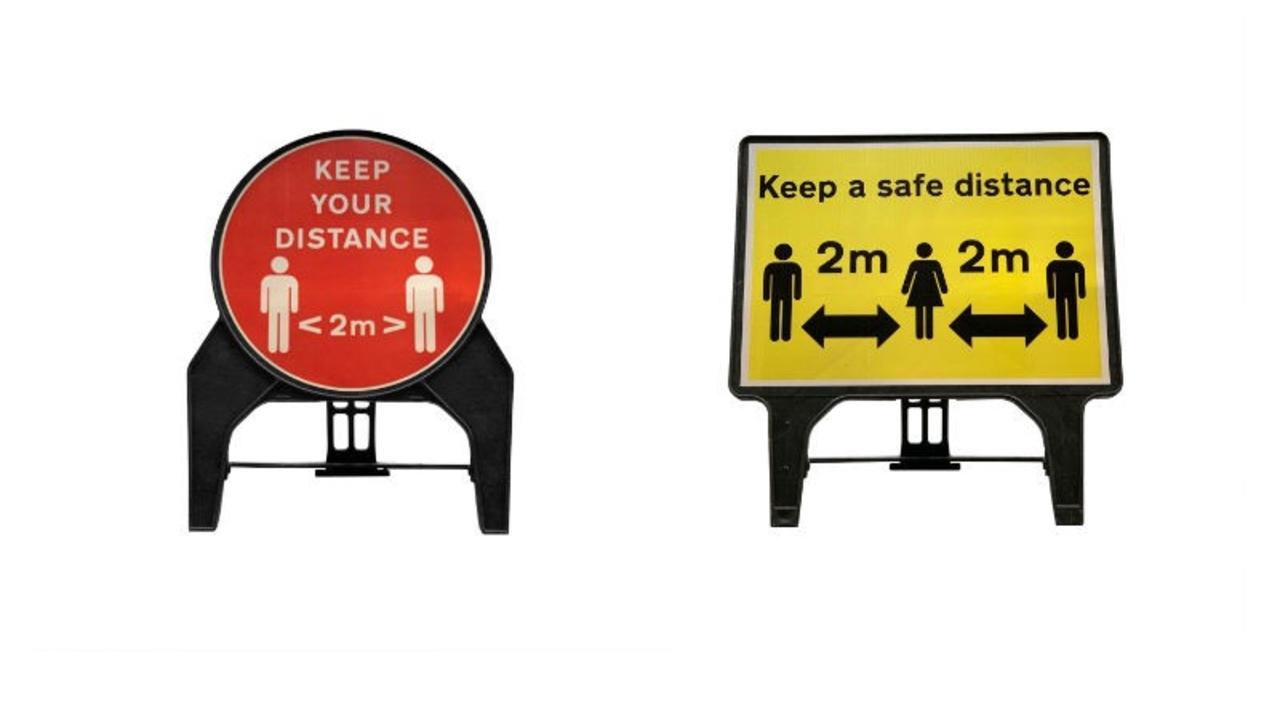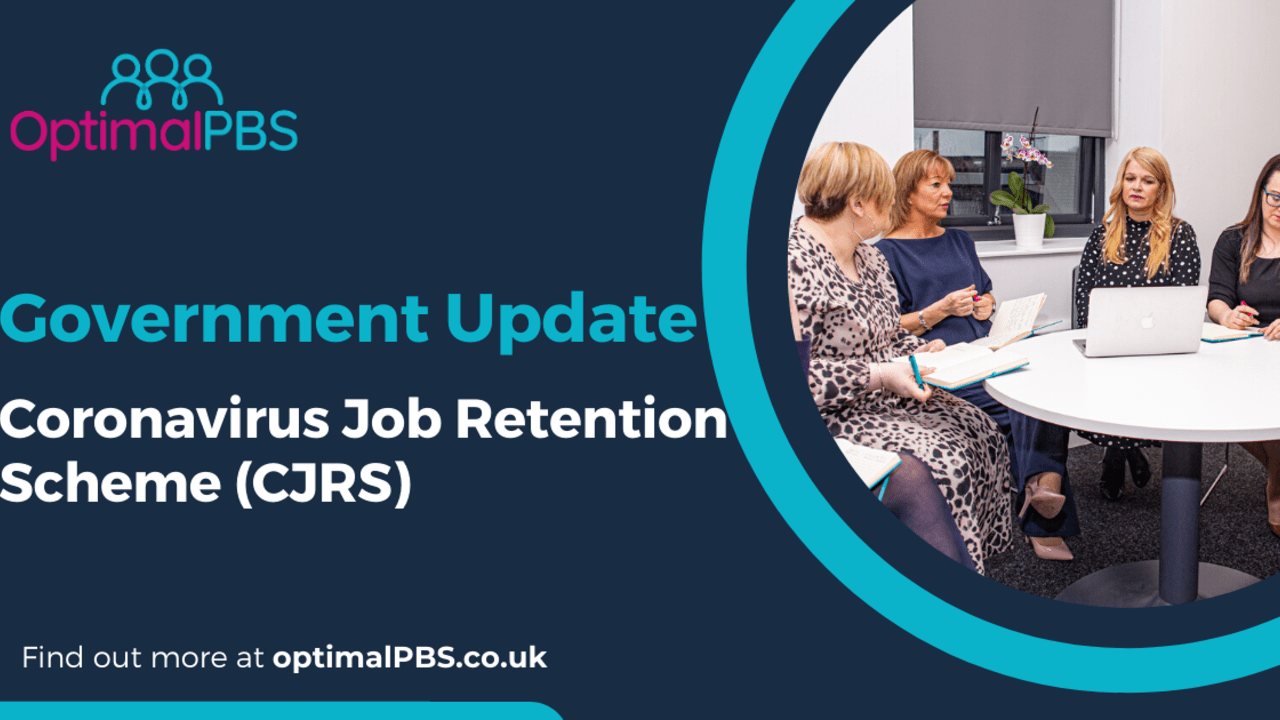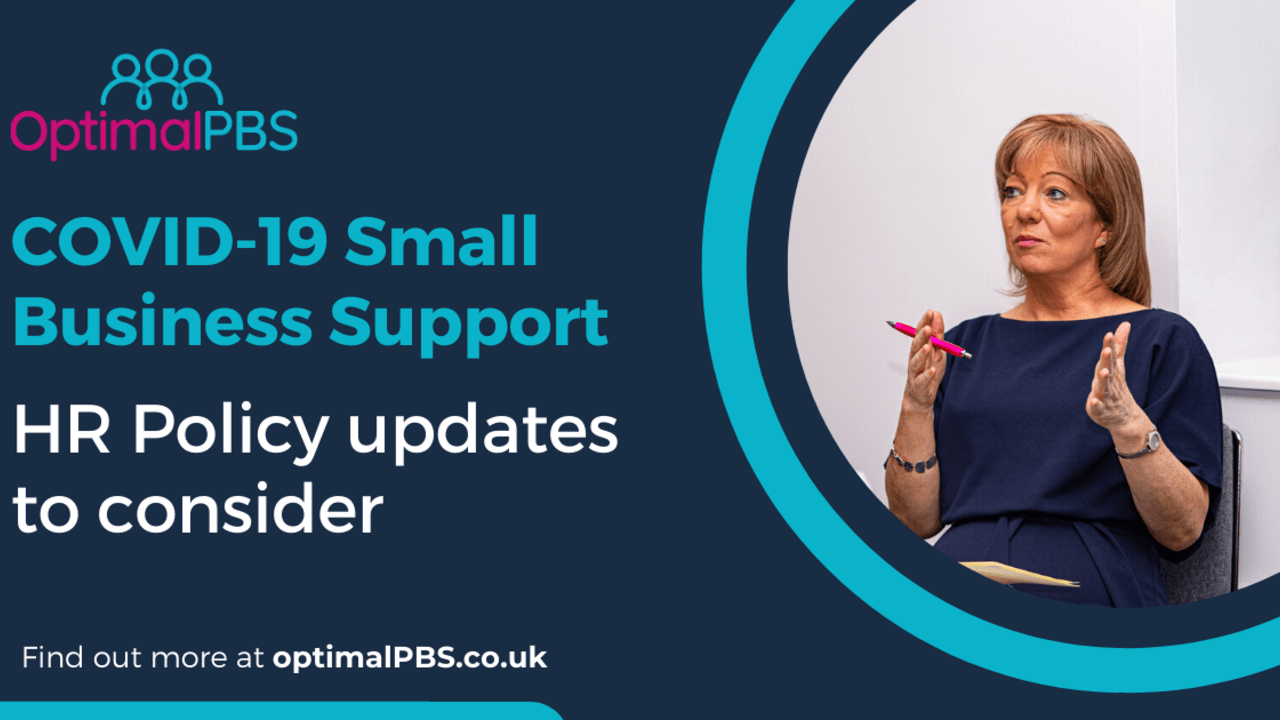Updated government advice on shielding and protecting people who are clinically extremely vulnerable has been published by the Government.
It reinforces the Prime Minister’s statement that clinically extremely vulnerable staff should not attend their place of work during the period of restrictions. Formal shielding notifications have been issued which will act as evidence for the employer that such individuals are advised not to work outside their home.
People who live with someone who is clinically extremely vulnerable can and should still attend work.
Two additional groups of people have been added to the clinically extremely vulnerable list. These are:
- Adults with stage 5 chronic kidney disease
- Adults with Down’s syndrome
There is no new advice for those who are clinically vulnerable, though the over-60s and clinically vulnerable should be particularly careful to follow the rules and minimise contact with others. The Cabinet Office advice is that public sector employees, including those working in the education sector, should continue to go into work. There is no different advice for clinically vulnerable staff who are working, except that generally extra consideration should be given to workers who are at higher risk.
The DfE guidance on full opening of schools is still to be updated at time of writing but we are expecting revised guidance to be issued.










